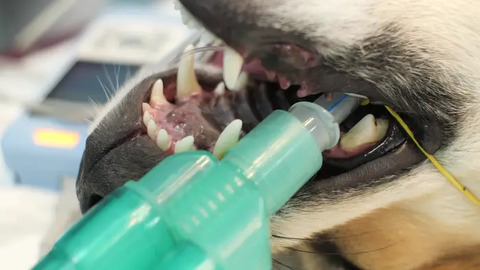
Analogies of Veterinary Patient Monitoring: Invasive is to non-invasive as SpO2 is to?
Course Details
In this segment of a three-part play on word series, we compare non-invasive patient monitoring methods to their invasive counterparts. Patient monitoring is crucial to successful outcomes. A dedicated, trained veterinary professional who understands the application, mechanics and limitations of each monitoring device is best positioned to recognize complications. This session focuses on the use of pulse oximetry for obtaining hemoglobin’s oxygen saturation (SpO2) and counterpart, partial pressure of oxygen in arterial blood (PaO2). Explore other vital information gleaned from the pulse oximeter including analysis of the plethysmograph, perfusion index (PI) and pleth variability index (PVI). Finish confident with a greater understanding for the limitations of the pulse oximeter in patients on increased fractions of inspired oxygen and what potential the pulse oximeter may serve veterinary patients in the future. This lecture has been RACE Approved for 0.5 CE hour for veterinarians and veterinary technicians.
Learning Objectives:
- Understand the relationship between SpO2 and PaO2 using the oxyhemoglobin saturation curve in patients inspiring room air and with oxygen supplementation.
- Review the mechanics of pulse oximetry including interpretation of plethysmograph, perfusion index and pleth variability Index.
- Explore the future potential these values may provide veterinary patients including confirmation of local blocks and predictability of fluid responsiveness.
- Reinforce the value of invasive monitoring counterpart, arterial blood gas analysis to evaluate the partial pressure of oxygen of arterial blood in critical patients.